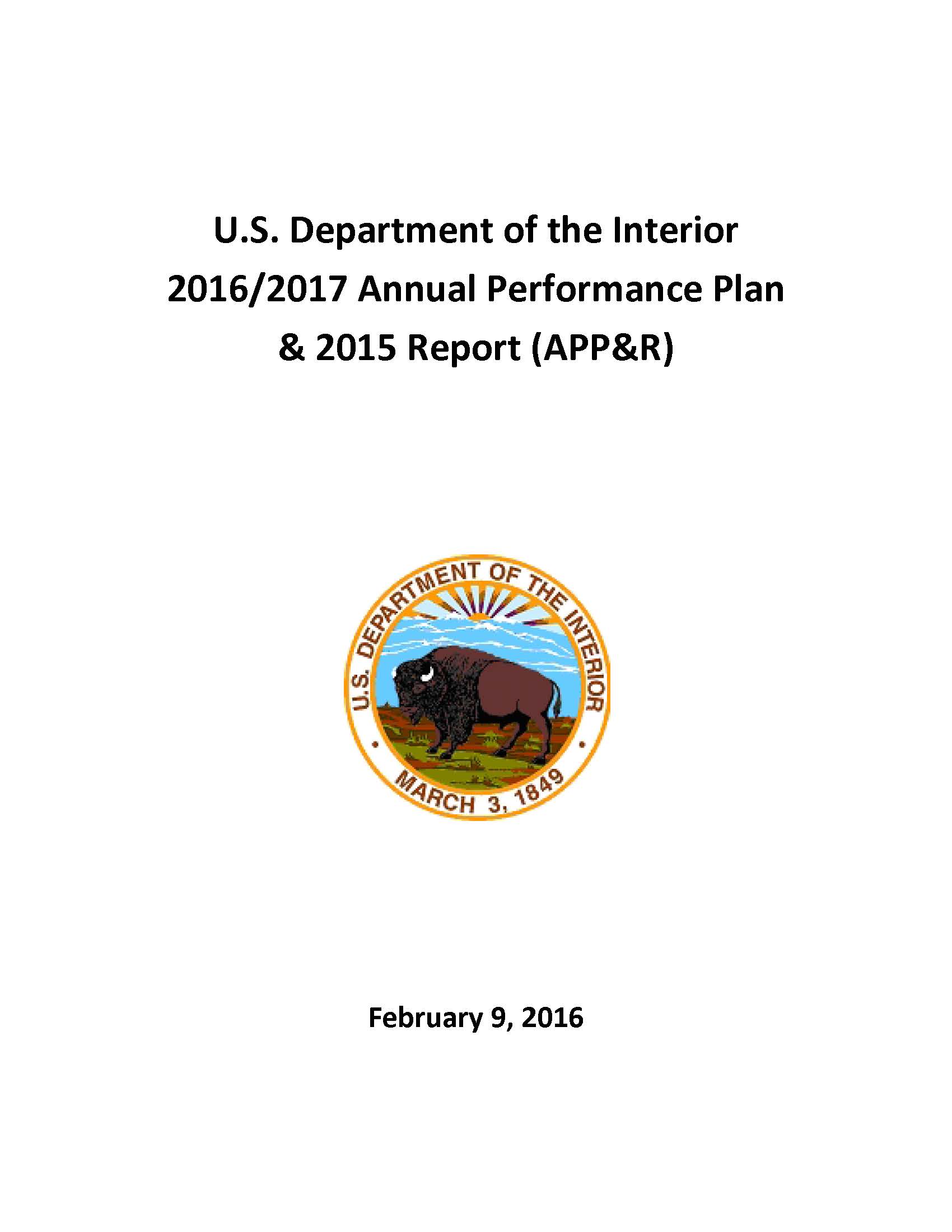- Home
- Agencies
- Department of Agriculture
- Department of Housing and Urban Development
- General Services Administration
- Department of Commerce
- Department of the Interior
- National Aeronautics and Space Administration
- Department of Defense
- Department of Justice
- National Science Foundation
- Department of Education
- Department of Labor
- Office of Personnel Management
- Department of Energy
- Department of State
- Small Business Administration
- Environmental Protection Agency
- Department of Transportation
- Social Security Administration
- Department of Health and Human Services
- Department of the Treasury
- U.S. Agency for International Development
- Department of Homeland Security
- Department of Veterans Affairs
- Goals
- Initiatives
- Programs
Primary tabs
Key to Changes
This text is Revised text
This word has been added to the text
This text is Last Published text
This word has been removed from the text
Modifed styling with no visual changes
Strategic Objective
Make Communities Safer
Strategic Objective
Overview
The Administration’s commitment to making Indian communities safer includes collaborative initiatives such as: strengthening law enforcement; construction, renovation, and maintenance of facilities, roads, and bridges; supporting Indian Affairs mission critical functions and facilities and protection of the public, employees, information technologies, and vital records in case of emergency; and ensuring the welfare and safety of Indian children.
Progress Update
The Department of the Interior, in consultation with the Office of Management and Budget, has determined that performance toward this objective is making noteworthy progress. A number of different Indian Affairs programs work to make safer Tribal and Native communities and performance varies by program type as noted below.
- Law Enforcement : The Department implemented a pilot project in three Tribal communities (expanding to five in FY 2016) focusing on a comprehensive “alternatives to incarceration” strategy. The strategy seeks to address underlying causes of repeat offenses, including substance abuse and social service needs, through tribal and federal partnerships. Measurement began at the start of FY 2015, with full fiscal year data showin 69 of the 150 individuals tracked at the three tribal communities not re-offending. Given the length of time typically required to address the causes of repeat offenses, such as meeting social service needs and providing drug and alcohol programs, the Department will continue this goal into FY 2016 and FY 2017 and examine results over several years of measurement.
In FY 2015, some communities experienced higher crime rates due to economic conditions and jurisdiction expansion. However, last year’s increase in the number of violent crime incidents reported stems primarily from more accurate reporting as a result of crime classification training and improved access to reporting databases. In the future, the Department will continue to follow-up with Indian Country districts to provide technical assistance and training on crime reporting, particularly in those districts with higher turnover, to ensure accurate reporting.
- Public Safety and Justice Construction: The steady improvement in the percent of law enforcement facilities in acceptable condition, from 82 to 92 percent between FY 2010 and FY 2014, partially results from prior investments under the American Recovery and Reinvestment Act (ARRA). In FY 2015, though the number of facilities in acceptable condition exceeded the target, ten new Department of Justice (DOJ) facilities were brought into the inventory, so overall performance was lower than targeted.
- Tribal Courts: Over 300 tribal justice systems and 7 Courts of Indian Offenses (commonly referred to as “CFR Courts” – Courts of Federal Regulations) exist in Indian Country. The percent of Tribal judicial systems receiving an acceptable review rating has more than doubled since 2011 and continued progress is expected in 2016 and 2017. In FY 2015, implementation of a new tribal court assessment process led to better assessments of training and technical assistance needs, resulting in improved ratings.
- The Road Construction Program maintains and operates the 29,000 miles of BIA-owned roads and bridges. These roads and bridges serve as the primary access points to tribal communities, without which critical resources and services would not reach tribal members. Approximately two-thirds of BIA bridges consistently remain in acceptable condition while fewer than 1 in 5 miles of BIA roads are in acceptable condition.
- Indian Child Welfare Act (ICWA): The ICWA program prevents the separation of Indian families and provides assistance for the reunification of families. The percent of ICWA notices processed by BIA within 15 days of receipt remains at very high levels, above 95 percent most years.









